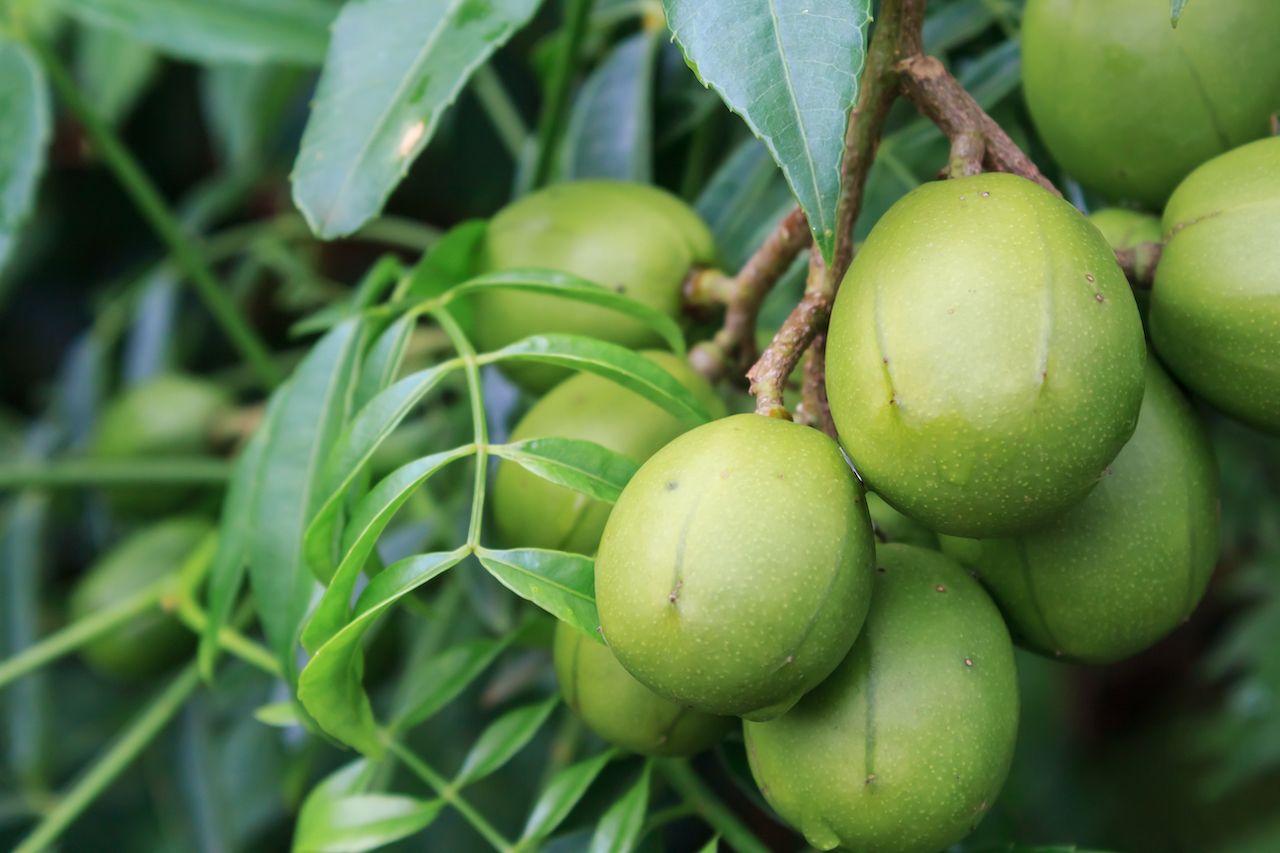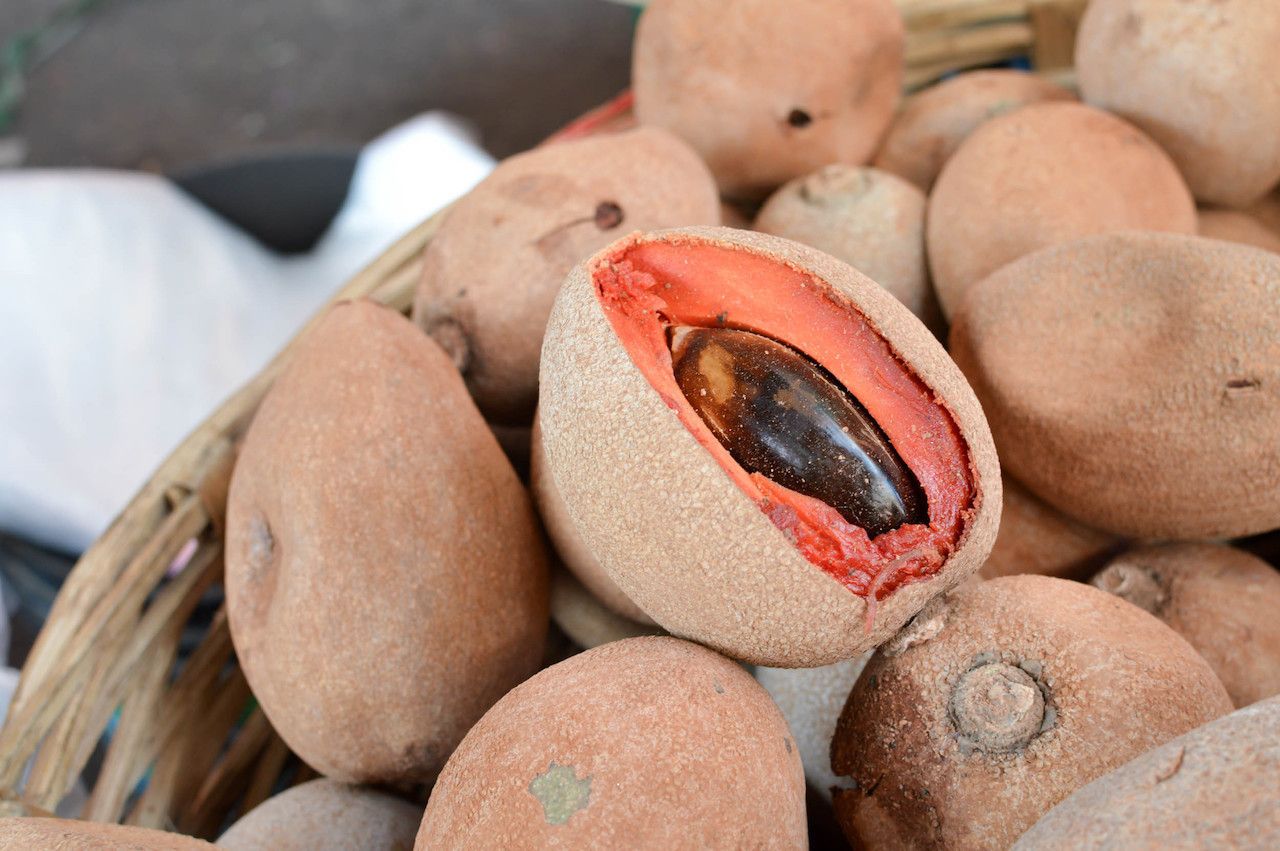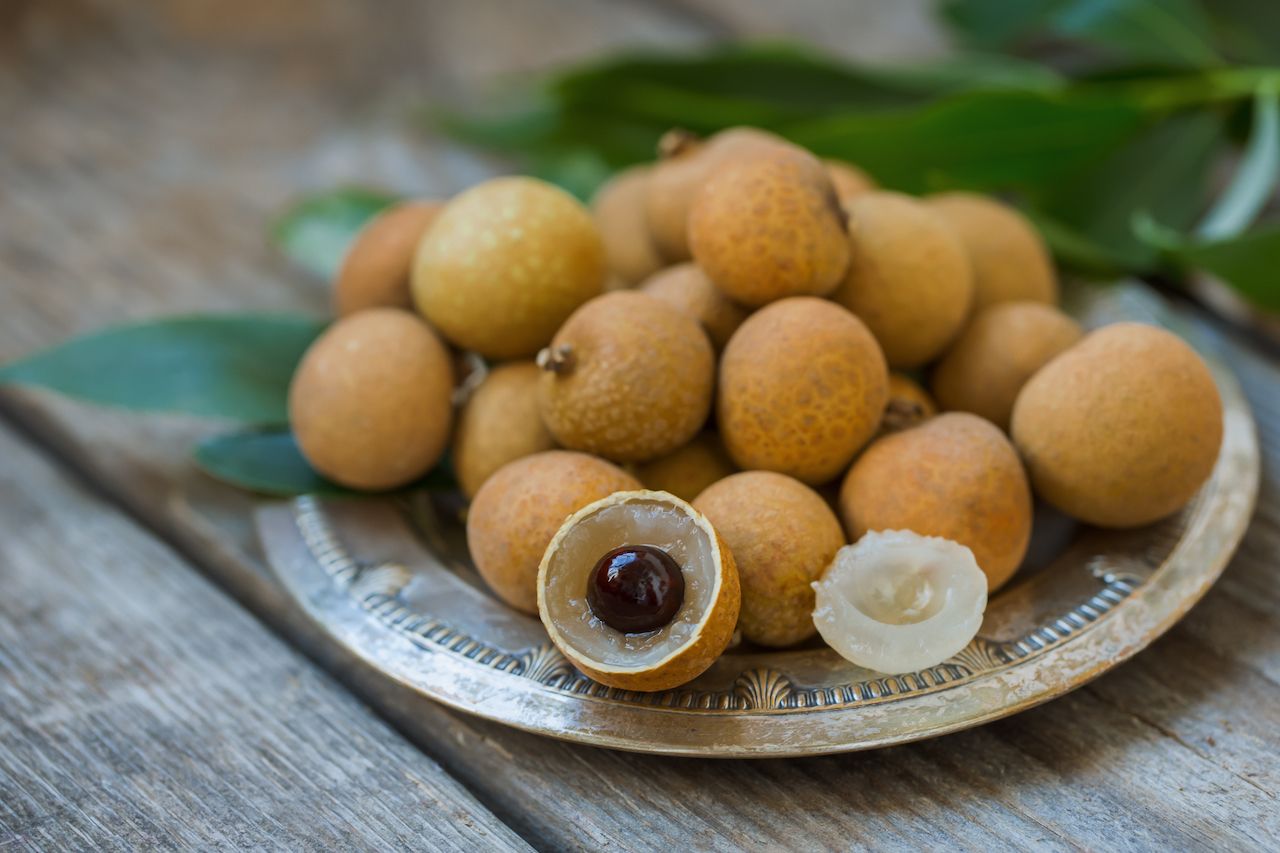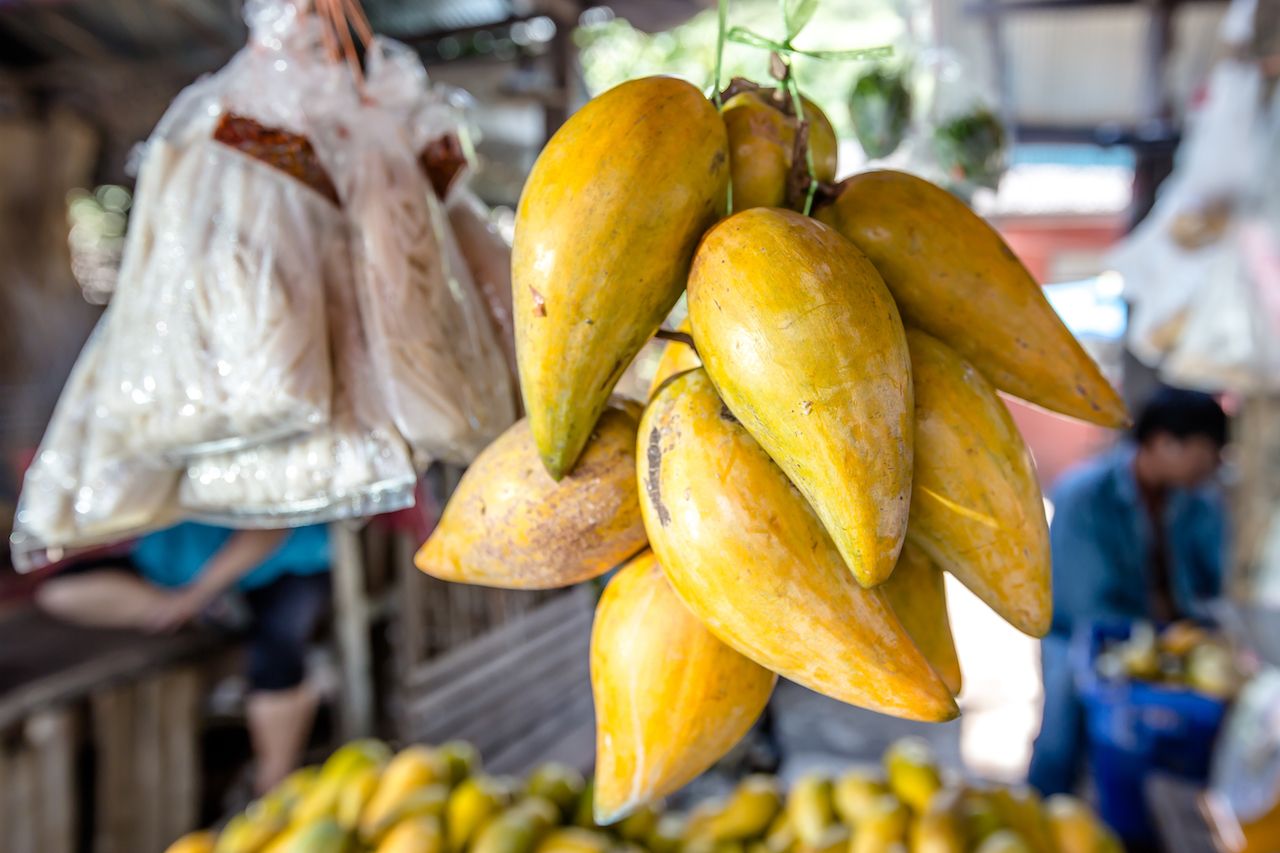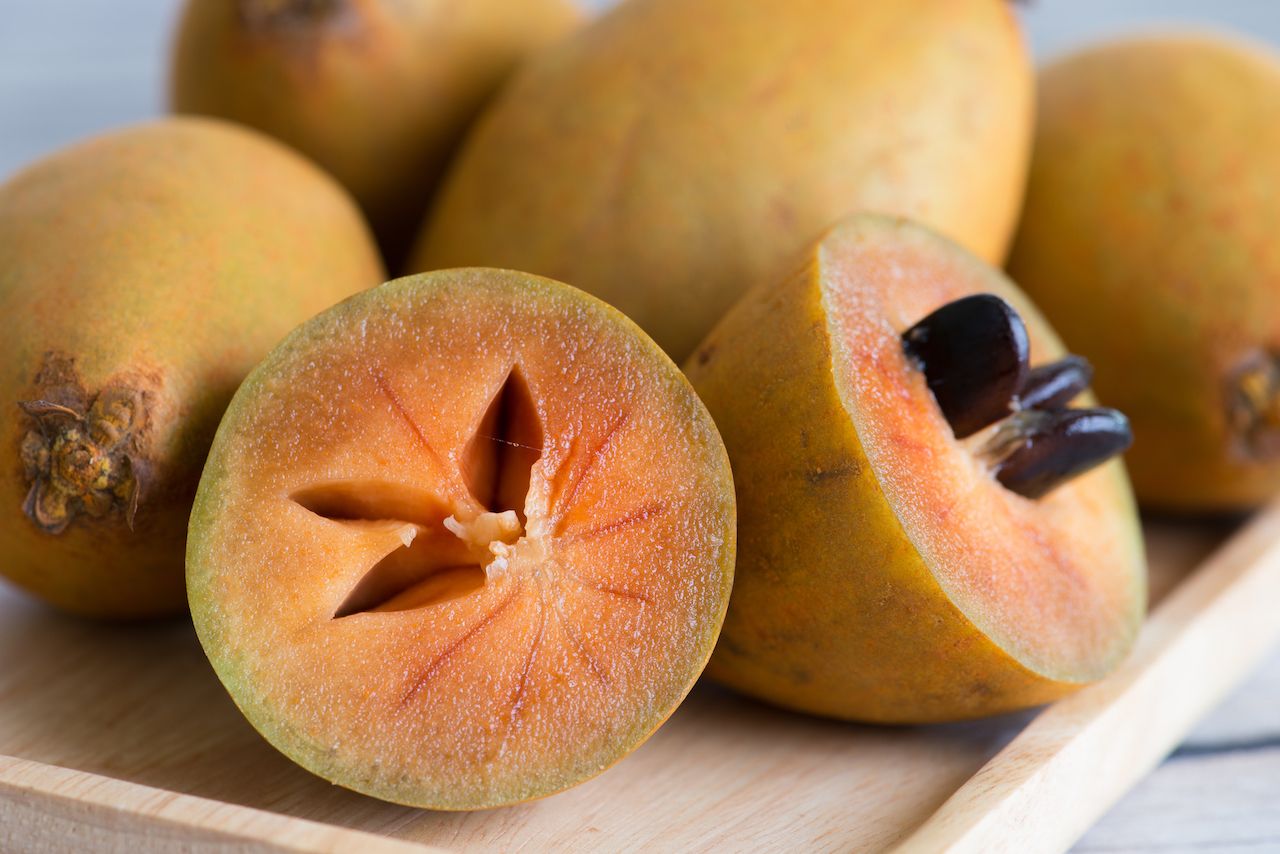Sometimes, out of all the dishes and delicacies we taste abroad, it’s the local produce that leaves the greatest impression. For me, it was the fruit in Bali, where market hauls yielded armfuls of mangosteens, which marry the sweetness of peaches with the tartness of plums, and crisp snakefruit with its scaly brown skin.
Back home, rare fruit can be hard to find. Until 2007, it was illegal to import mangosteens to the US in fear they’d introduce Asian fruit flies. Even though the ban’s been lifted, I haven’t exactly seen the deep purple fruit in the produce section of my local Whole Foods. It is possible to find, however. Outside the odd South Florida farmers market, the best chance most of us have at sampling hard-to-find fruits is by digging up the passwords to our Amazon accounts. Both Amazon and Etsy are surprisingly reliable sources of the following fruits you’d be lucky to find elsewhere, whether you’re looking to satisfy your curiosity or a post-trip craving.


